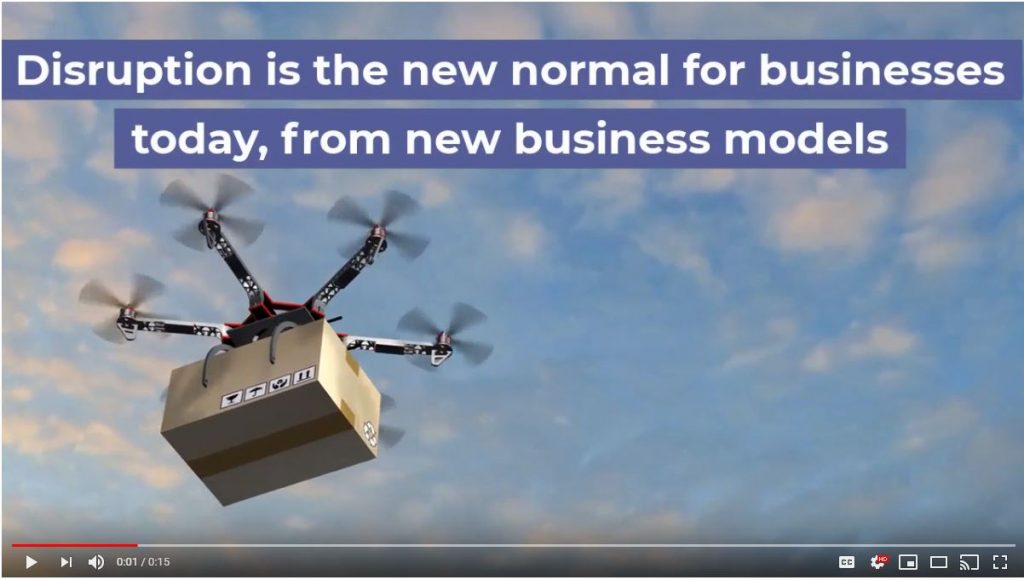
Amazon, Netflix, and Home Depot some of America's favorite brands, according to the latest version of Morning Consult's Most Loved Brands study. Morning Consult conducted more than 400,000 survey interviews to determine the rankings.Retailers and tech companies fared well overall.







 When people think of drones and supply chain, they typically think of
When people think of drones and supply chain, they typically think of 